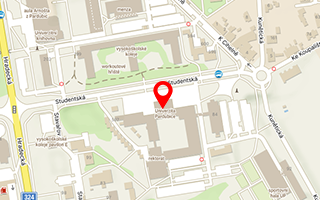Publikace detail
Length of transfer time between connecting trains – is there an ideal value?
Autoři:
Froněk Jan | Chlumecký Jaroslav | Vymětal Daniel
Rok: 2023
Druh publikace: článek ve sborníku
Název zdroje: Acta Polytechnica CTU Proceedings. Vol. 43
Název nakladatele: České vysoké učení technické v Praze
Místo vydání: Praha
Strana od-do: 13-17
